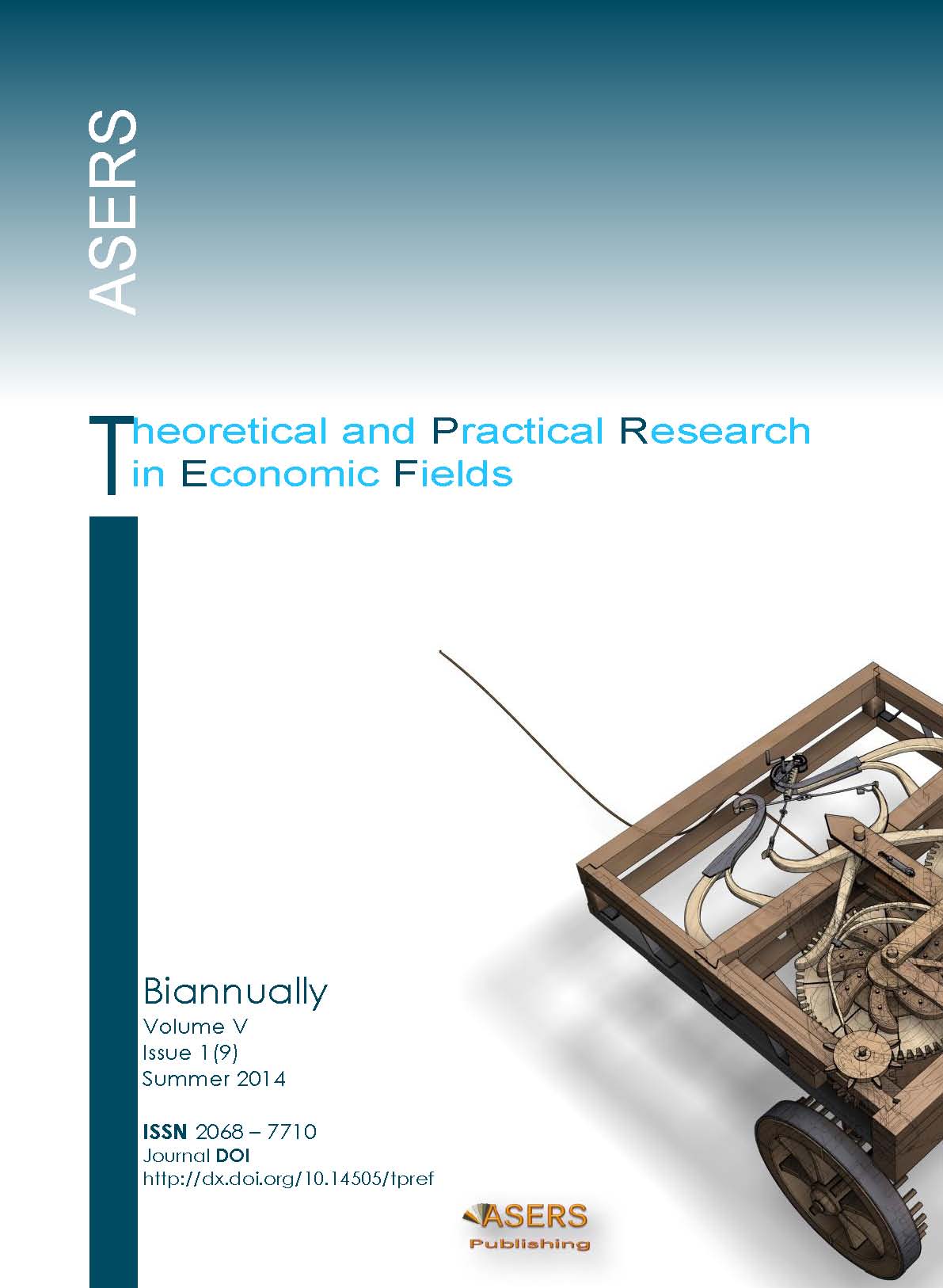THE SOCIAL ACCOUNTING MATRIX AND THE SOCIO-DEMOGRAPHIC MATRIX-BASED APPROACHES FOR STUDYING THE SOCIOECONOMICS OF AGEING
Abstract
In looking for empirical evidence about the activity of countries, a proposal is made for studying (measuring and modelling) the activity of countries through the use of Social Accounting Matrices (SAMs) and Socio-Demographic Matrices (SDMs).
SAMs and SDMs are presented as tools that have specific features for conducting studies in several different areas, particularly in the Socio-Economics of Ageing, as well as for supporting policy decision processes.
Based on methodological principles that are derived mainly from the works of Richard Stone, emphasis is placed on the desirability of working in a matrix format, which includes not only people (SDM), but also, at the same time, activities, products, factors of production and institutions (SAM). This is considered to be a way of capturing the relevant network of linkages and the corresponding multiplier effects for the subsequent modelling of the activity of the countries studied. The exposition of this proposal is accompanied by an example applied to Portugal.
References
[2] Pyatt, G. 1988. A SAM Approach to Modeling, Journal of Policy Modeling 10: 327-352, http://dx.doi.org/ 10.1016/0161-8938(88)90026-9
[3] Pyatt, G. and Roe, A.1977. Social Accounting for Development Planning with Special Reference to Sri Lanka, Cambridge University Press, Cambridge, UK.
[4] Pyatt, G. and Round, J. 2012. Distributional Invariance and the Design of SAMs, Economic Systems Research 24: 251-273, http://dx.doi.org/10.1080/09535314.2012.665359
[5] Pyatt, G. and Round, J. 1985. Accounting and Fixed Price Multipliers in a Social Accounting Matrix Framework, in G. Pyatt, and J. Round, (coord.), Social Accounting Matrices. A Basis for Planning. A World Bank Symposium, World Bank, 52-69, http://www.jstor.org/stable/2231502
[6] Santos, S. 2013. Socio-Economic Studies with Social Accounting and Socio-Demographic Matrices. An application to Portugal. Working Paper No.16/2013/ DE (Departamento de Economia) /UECE (Unidade de Estudos sobre a Complexidade em Economia) - ISEG (Instituto Superior de Economia e Gestão) /UL (Universidade de Lisboa), 44p, http://hdl.handle.net/10400.5/5970
[7] Santos, S. 2012. A SAM (Social Accounting Matrix) approach to the policy decision process. Working Paper No.28 /2012/ DE (Departamento de Economia) /UECE (Unidade de Estudos sobre a Complexidade em Economia) - ISEG (Instituto Superior de Economia e Gestão) /UTL (Universidade Técnica de Lisboa), 83p, http://hdl.handle.net/10400.5/4689
[8] Santos S. 2009, From the System of National Accounts (SNA) to a Social Accounting Matrix (SAM)-Based Model. An Application to Portugal, Edições Almedina, Coimbra-Portugal, 194p.
[9] Stone, R. 1986, Nobel Memorial Lecture 1984. The Accounts of Society Journal of Applied Econometrics 1: 5-28, http://dx.doi.org/10.1002/jae.3950010103
[10] Stone, R. 1986a. Demographic Input-Output: An Extension of Social Accounting, in: I. Sohn (coord), Readings in Input-Output Analysis: Theory and Applications, Oxford University Press, USA, 151-172.
[11] Stone, R. 1985, The Disaggregation of the household Sector in the National Accounts, in G. Pyatt, and J. Round, (coord.), Social Accounting Matrices. A Basis for Planning. A World Bank Symposium, World Bank, 145 – 185, http://www.jstor.org/stable/2231502
[12] Stone, R. 1982, Working with what we have: how can existing data be used in the construction and analysis of socio-demographic matrices? Review of Income and Wealth 28: 291-303, http://dx.doi.org/10.1111 /j.1475-4991.1982.tb00618.x
[13] Stone, R. 1981, Aspects of Economic and Social Modelling, Editions Droz, Genève (Suisse), 154p.
[14] Stone, R. 1975, Towards a System of Social and Demographic Statistics, Studies in Methods, Series F, Nº18, United Nations, New York, 198p.
[15] Stone, R. 1973, A System of Social Matrices Review of Income and Wealth 19: 143-166, http://dx.doi.org/ 10.1111/j.1475-4991.1973.tb00879.x
[16] Stone, R. 1971, An Integrated System of Demographic, Manpower and Social Statistics and its Links with the System of National Economic Accounts, Sankhyā: The Indian Journal of Statistics, 33: 1-184, http://www.jstor.org/stable/25051744
[17] Stone, R. 1966, The Social Accounts from a consumer's point of view. An outline and discussion of the revised United Nations System of National Accounts, Review of Income and Wealth, 12: 1-33,
Non-Exclusive License under Attribution 4.0 International Public License (CC BY 4.0):
This ‘Article’ is distributed under the terms of the license CC-BY 4.0., which lets others distribute, remix, adapt, and build upon this article, even commercially, as long as they credit this article for the original creation. ASERS Publishing will be acknowledged as the first publisher of the Article and a link to the appropriate bibliographic citation (authors, article title, volume issue, page numbers, DOI, and the link to the Published Article on ASERS Publishing’ Platform) must be maintained.
